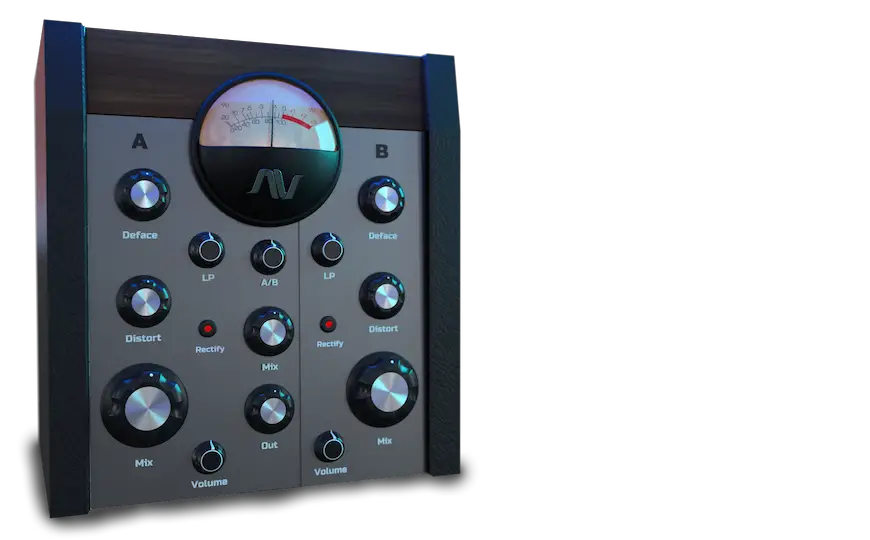
This is particularly useful because of the way drums are often looped or synthesised with the exact same unchanging sound throughout a track.Īnother great application of a bitcrusher is to use it on a sythesiser, the famous dubstep “yoh” sound can be generated with a resonant filter going into a bitcrusher, seen below. Disposing an instance means that all of the Web Audio nodes that were created. Try using a bitcrusher to create a different character to these short transient sounds, this can then be automated or attached to an LFO/Envelope to create little variations and nuances which are often lacking in electronic drum sounds. BitCrusher down-samples the incoming signal to a different bit depth.

When you have short sounds like the hits of a snare or hi-hat, their length is often too short to be able to properly identify an effect on them. In the same way you wouldn’t default to cranking a distortion or saturation effect, try adding a shimmer to your audio with small touches of bitcrushed signal mixed in with the dry signal. Sometimes you can actually brighten up a sound by very cautiously applying some gentle bitcrushing. This leads me on to the first application of a bitcrusher effect. When you play about with the sample-rate and crush settings, you will notice that the high end is more pronounced, and new harmonics are added.

The easiest way to see where the benefit of a bitcrusher lies, is to compare a sample with and without it in a spectrum analyser.


 0 kommentar(er)
0 kommentar(er)
